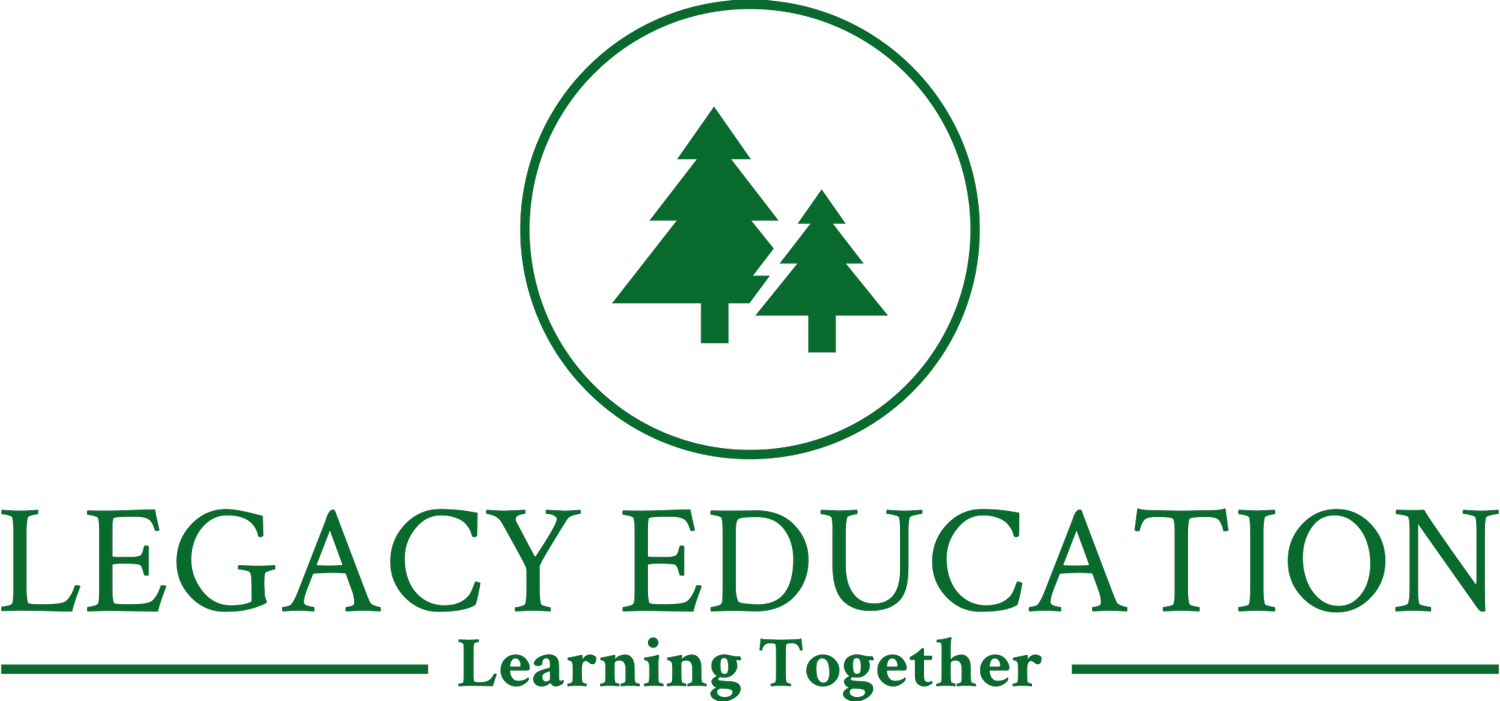Should AI Erase Neurodiversity?
If we cannot explain what it means to be human, it may be time to set the AI tools down and go touch grass.
Before any of us move forward with using AI tools, whether text, video, audio, or anything in between, two questions need to be answered with urgency and sincerity:
What does it mean to be human?
And what is our humanity worth?
These questions reach back farther than we realize. In the earliest pages of our oldest texts, humanity is told it was created in the image and likeness of a Creator. The identity was given. The design was complete. Yet the temptation was to reach for more. If you eat this fruit, you will become like the Creator. The belief was simple. Being human was not enough. Our limits were flaws. Our design could be surpassed.
We stand in that same tension today.
The symbols have changed, but the longing has not. If you merge with this system, you will become smarter. If you upgrade your mind, you will become limitless. If you redesign cognition, you will become more than human. The language is new. The desire is ancient.
AI is advancing faster than most of us can process. It promises new knowledge, new efficiency, and in some cases, new versions of ourselves. Yet as its reach grows, so does the responsibility to understand what we may trade away. Many in the tech world believe AI will eventually alter the human mind in ways that go far beyond help or convenience. They speak confidently about enhanced humans and the next phase of human evolution.
If that future comes, humanity will face a question it has never been able to answer clearly. What is the value of a human mind as it exists today? And if we gain the power to remove its variations or perceived limitations, should we?
This matters deeply for neurodiversity. Differences in thinking were long viewed as deficits. Dyslexia, autism, ADHD, dyscalculia, and other neurotypes were defined almost entirely by what they complicated. Only recently have we recognized that these same minds carry strengths that others overlook. The mind that struggles to decode text may see patterns with unusual precision. The mind that avoids small talk may design systems with clarity. The mind that drifts may generate ideas at surprising speed.
These differences built cultures, movements, and breakthroughs. They shaped art and science. They made us who we are.
Yet the emerging promise of “cognitive upgrades” tempts us to imagine a future without these variations. A future where difference becomes optional. A future where struggle is erased and efficiency is worshipped. But a world without difference may not be a fully human one. When all minds follow the same smooth pattern, we lose the creativity, resilience, and character that come from wrestling with limits.
Knowledge may become limitless. Wisdom may not.
This tension is not new. Many of us read Flowers for Algernon in middle school. It asked whether increased intelligence makes a person more human or less. Charlie gained ability but not peace. The story warned us that altering a mind is not the same as healing one, and that enhancement can cost identity, dignity, and relationship.
These questions are not only for people of faith or people of science. They belong to all of us. Our children will grow up in a world where the human mind can be edited. They will inherit the consequences of choices we make today.
So here they are again:
What does it mean to be human?
And what is our humanity worth?
If we cannot answer these questions or guide the next generation toward them, then the wiser move may be to put the tools down and seek clarity in the quiet of the woods.
Because the future may give us the power to change the human mind. The real challenge will be remembering why it mattered in the first place.


